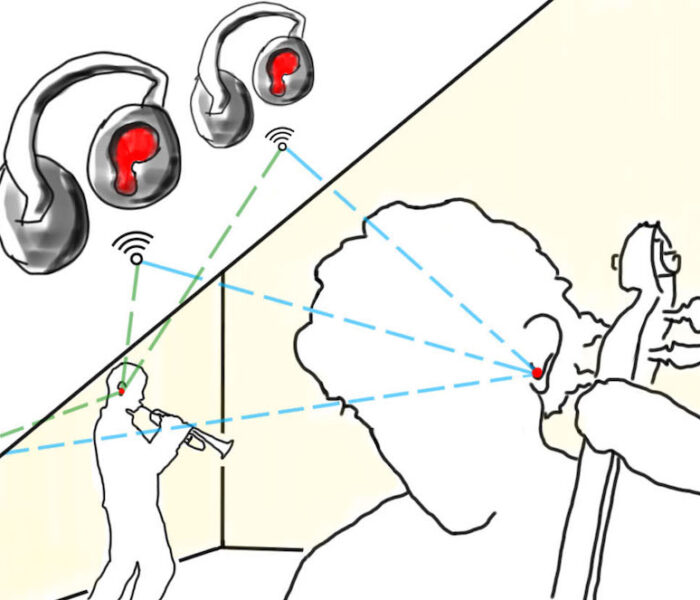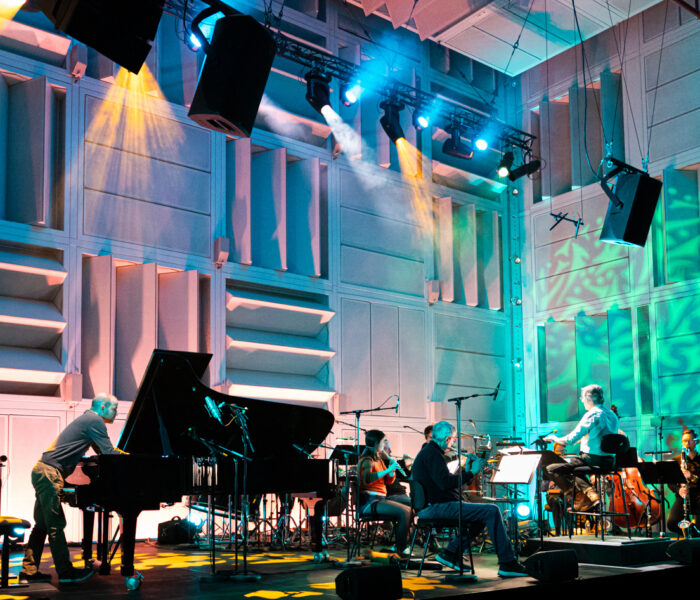The second Journées de la création musicale en région Grand-Est (November 22-24), organized by the PfMC (Plateforme des Musiques de Création) and the Cité musicale-Metz in partnership with the Centre Pompidou Metz, takes over the Arsenal for three days of meetings, roundtables and concerts open to all, putting creation at the heart of the debate and deciphering its challenges and achievements. Here's a look back at the concerts on November 23, in the company of its president and composer, Hervé Birolini.
Hervé Birolini, you have taken over the presidency of the PfMC Association. Can you tell us a little about this organization?
Today, PfMC has over 70 members, composers, improvisers and instrumentalists attached to various venues, ensembles and festivals in the Grand Est region. Active board members include Emmanuelle Pellegrini, director of the Densités festival, Raoul Binot, ex-director of the Conservatoire de Bar-le-Duc, François Bousch, ex-director/founder of Cefedem de Lorraine (2000-2011) and Michèle Paradon, our vice-president and artistic director ofArsenal. The platform is a place for reflection, exchange and sharing of experience with professionals, with the aim of disseminating new works and expanding the audience for this music.
How did you envisage this second edition of the Journées de la création musicale in Grand Est?
This year, we don't have a theme but rather the desire to report on the proliferation of creation in the Grand-Est; We live in an era of synthesis where currents, media and disciplines intersect and converge. We wanted to show this effervescence and diversity of approaches: how the traditional instrument that is the cimbalom can meet the electronic source; how a visual artist can be concerned with sound and develop her practice from this material, how music is associated with the body, gesture and dance...
Journées de la création musicale #2 – Day 1 from Plateforme des musiques on Vimeo.
As was the case last year, the focus is on the younger generation and training locations.
This year, we focused on the place of creative music in higher education institutions. Professors and students from the CRR (Conservatoire à Rayonnement Régional) and higher education centres of Metz Métropole, Reims, Strasbourg (HEAR) as well as that of Paris Boulogne-Billancourt (PSPBB) were invited to express themselves and debate with the public on the modalities of this teaching and the diversity of its approaches, an inventory extended by the mini-concerts of the students who make their work heard.
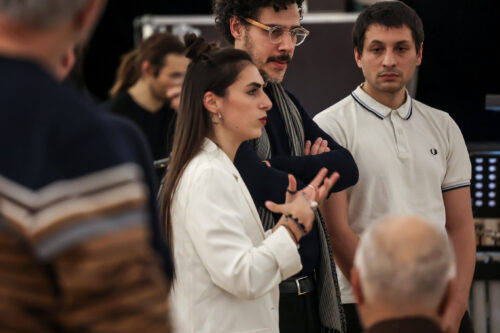
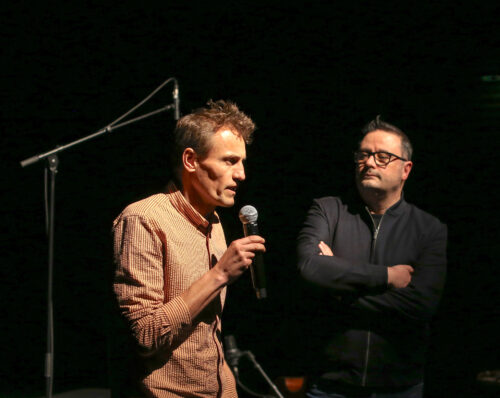
Also topical is this project presentation scheme...
In collaboration with Agence Culturelle Grand Est and Anaïs Roesz, we set up an EDA (Espace de Découverte Artistique) for which we issued a call for projects during the year. Out of some thirty artistic proposals received, six were retained by a selection committee and presented to some twenty professionals from the Grand Est region present on site. Each artist or company selected was given the opportunity to present an extract from their current project orally, on video or in performance, giving their presentation added impact.
Are there other avenues still to be explored that could be the subject of future editions?
For the time being, it is the question of the international that animates us; First of all, we brought together the forces of the Grand Est by setting up a network that we stimulated so that things circulated within it. Today, we would like to go beyond these limits and take advantage of the cross-border aspect of the Grand Est (Germany, Luxembourg, Switzerland and Belgium) to expand our field of action; Something that elected officials and politicians are starting to look upon, it seems.
Journées de la création musicale #2 - Day 3 from Plateforme des musiques on Vimeo.
During the day
After a morning dedicated to the place of creation in higher education, the young creators present their works and interpret them during the afternoon. If it is not possible to give an account of all the musical proposals of the students, let us first highlight, in the case of the CRR of Reims, the presence of the Alquimia Ensemble. Founded within the establishment, it brings together composers, performers (who also compose) and conductors (who conduct their own scores and those of their classmates). Among the five pieces on the bill, Le chemin du sensible by Noémie Szczur, for voice, string quartet, electronics and video, holds our attention given the originality of its trajectory. The piece is directed by Maxime Maffre who presents his own mixed piece, Errance, mixed with jazz, using the voices of the instrumentalists. Among the students of the CRR of Metz Métropole, Jan Ulbrich (composer and violinist) alongside the soprano Louise Decreux and the clarinetist Rémi Toussaint stands out with Three Poems of Emily Dickinson , in which he communicates the strangeness of the universe. With her baritone saxophone and the energy of her breath, Noa Mick gives its full scope to Giovanni Montiani's piece (CRR de Strasbourg), Your Beauty, Demanded by the Future World (dedicated to Marilyn Monroe).
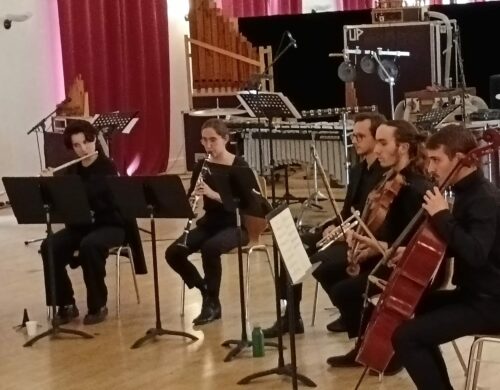

In the Salle de l'Orangerie, Ayako Okubo's flutes and Olivier Maurel's percussion set (HANATSUmiroir ensemble) rub shoulders with Léo Maurel's Organous (the brother), a sprawling, computer-controlled, spatialized and transportable organ, for which two of the three doctoral students from the HEAR in Strasbourg composed whose work can be heard at the end of the afternoon: Infra-tempus, a piece by Chilean composer Matias Rosales, whose very colourful and microtonal instrumental writing is covered by the almost continuous flow of the organous. Daphné Hejebri's Memento Mori features the monumental double bass flute and the incredible sounds that Ayako Okubo draws from it. The finesse piece sculpts a very plastic material in the intersection of breath and percussion. Brazil's Sergio Rodrigo further highlights the diversity of the Organous' pipes in Abre Caminos, a piece still in progress that maintains a rhythmic complexity between the three sound sources present.
Florent Caron Darras , born in 1986 in Japan, is composer-in-residence at the Arsenal. He presents his installation Mersion in the space of Saint-Pierre-aux-Nonnains, a deconsecrated place of worship next to the Arsenal where the public is invited at 6:30 p.m. Using Ambisonics technology (3D microphone), the composer set up his microphones in the Parc du Marquenterre, in the forest of Brissac and on the Atlantic coast; so many field recordings reworked or even reinterpreted by sound synthesis to model a flow that plays on the ambiguity of the real and the virtual: "Between concrete and abstract, between living and machine [...], Mersion opens up an infinity of places within the place," he writes in his note of intent. The immersive listening experience, thanks to the eight speakers arranged around the edge of the nave, is magnified by the space for wandering.
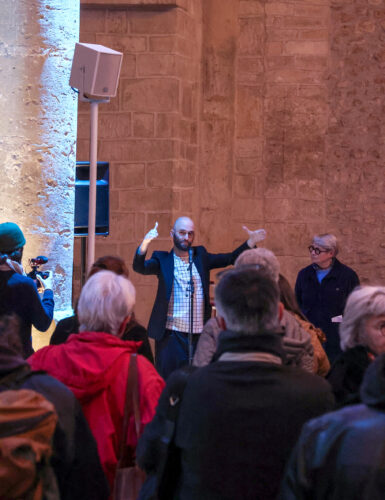
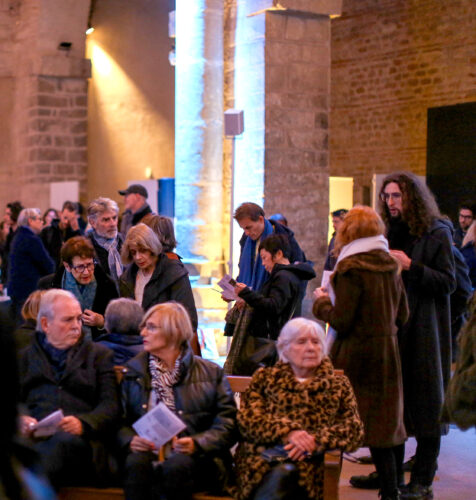
In the evening
With free admission, two performances at the Arsenal round off this second day of musical creation: firstly, in the Gouverneur studio, NOOR (light in Arabic and Persian) consecrates the meeting of music and dance, sound and light. The performance is part of the Moroccan company Col' Jam's residency at Emmanuelle Pellegrini's Densités festival.
In the courtyard, percussionist Elisabeth Flunger uses her bare hands to manipulate an essentially metallic set: scrap metal and movement, friction and chaos... Concealed by a white sheet, the dancer (Ahlam El morsli) appears only gradually under a light that plays with the character and the elements of the set, between apparitions, superimpositions, diffractions and illusions: Thierry Vallino's exquisite mapping work creates an aura of strangeness in this light-based proposal.
Raphaël Siefert's light is also called upon in Shades, seven states between light and shadow, featuring Japanese composer Malika Kishino, dancer and choreographer Noëllie Poulain, dancer Yon Costes and the duo Ayako Okubo / Olivier Maurel (HANATSUmiroir).


" We find beauty not in the thing itself, but in the pattern of its shadows, of light and darkness; without shadows there would be no beauty ," wrote Jun'ichirō Tanizaki in his book In Praise of the Shadow (1933). Thus, the seven paintings of Shades (Nuances) give us access to this universe of shadow and beauty, installing the two instrumentalists in courtyard and garden as if emerging from the darkness as if emerging from a cave. Malika Kishino's rich score reveals a wide spectrum of sounds, atmospheres and colours that the two instrumentalists deploy with a virtuosity and a refinement of timbre that delights: from piccolo to contrabass flute solo for Ayako Okubo whose performance is out of the ordinary. That of Olivier Maurel is no less so, whose imposing instrumentarium incorporates specific sonorities such as this Chinese cymbal and its exotic slides. The light plays with the shadows of the two dancers in a choreography that balances between contortion (the plasticity of Noëllie Poulain's body) and butoh floor dance. We let ourselves be taken on this journey with many faces where the synergy of sounds, gestures and light operates.
Journées de la création musicale #2 – Day 2 from Plateforme des musiques on Vimeo.
Report by Michèle Tosi
L'Arsenal, Cité musicale-Metz, 23-11-2023 (Day 2)
Journées de la création musicale en Grand Est organized by the PfMC (Plateforme des musiques de création): Filippo Zapponi, André Serre-Milan, Tom Mays and Ivan Solano; Paul Ramage: teachers; Antoine Alcaraz, Éloi Pétillon, PSPBB students: live electronic music.
*2pm-4pm: works by Emmanuel Cavallo, Camille Hypach, Pio Terreaux, Noémie Szczur, Maxime Maffre (CRR de Reims); Jan Ulbrich, Rémi Toussaint, Pascal Lorenzini, Junyoung Kim (CRR Metz Métropole); Simon Louche and Ulysse Gohin; Abla Alaoui; Giovanni Montiani (CRR of Strasbourg and Hear).
*4pm-6pm: works by Matias Rosales, Daphné Hejebri, Sergio Rodrigo. HANATSUmiroir: Olivier Maurel and Ayako Okubo.
*8 p.m.: Governor's Studio: NOOR by the Col'Jam Company: Elisabeth Flunger, percussion; Ahlam El morsli, dance; Thierry Vallino, video mapping.
*9 p.m.: Salle de l'Esplanade: HANATSUmiroir: Shades, seven states between shadow and light; Malika Kishino, composition; Noëllie Poulain, choreography and dance; Yon Costes, dance; Ayako Okubo, flutes; Olivier Maurel, percussion; Raphaël Siefert, lighting and video; Julien Meyer, his.
Photos © Fabien Darley
Photos © Raoul Binot



)
